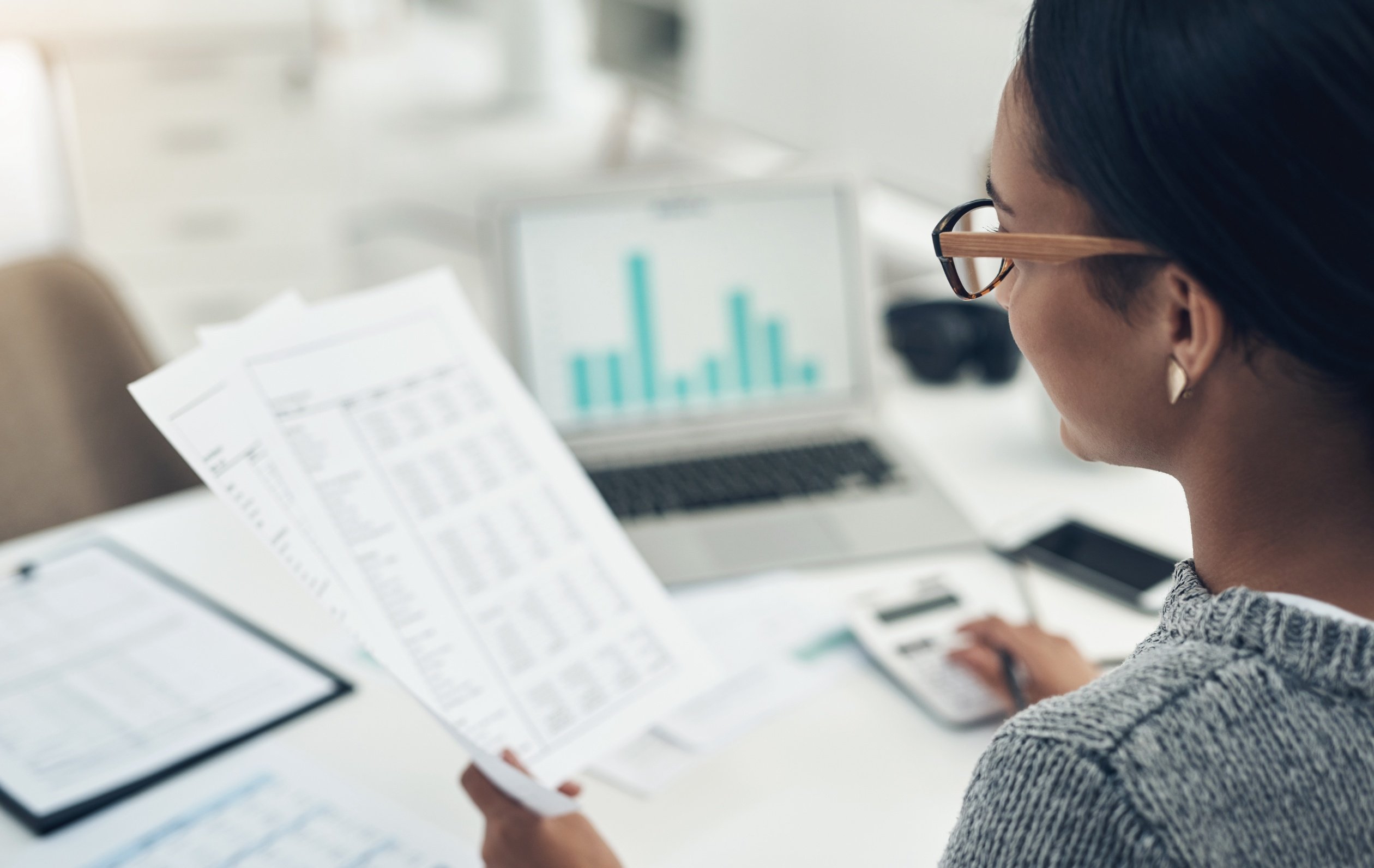By Guest Contributor | January 27, 2022

See why top ecommerce brands use Miva’s no-code platform to run
multiple stores, manage massive catalogs, and grow their revenue.
There’s no question that the pandemic has accelerated the growth of ecommerce. In 2020 alone, ecommerce sales grew by a staggering 44%. And with that growth, there’s an added complexity for ecommerce sellers: sales tax. In fact, there were an estimated 600 changes to sales tax rules and regulations in 2021, and keeping up with how much to collect—and when to file and remit—has never been more complicated.
By following these six steps to sales tax compliance, you can be confident your company is prepared for the year ahead.
In the US, retailers are required to collect sales tax from buyers in states where they have “sales tax nexus”, or a physical or economic tie to the state.
Physical nexus is just that—a physical connection to a state. Often referred to as a “physical presence”, physical nexus includes employees, offices, stores, warehouses, conference attendance, servers, etc.
The second is economic nexus. Based on a 2018 Supreme Court ruling, states are allowed to require that businesses who exceed certain economic thresholds in the state collect sales tax from buyers in that state. For example, if your business transacts more than $100,000 in sales in a certain state, then you could be considered on the hook to collect sales tax. What constitutes economic nexus varies from state to state, and you can find each state’s definition here.
In the US, most “tangible personal property” is taxable. In other words, most items like furniture, jewelry, toothbrushes, coffee mugs, etc. will be subject to sales tax.
However, some items considered to be “necessities” (such as grocery items) may not be taxable in all states, even though prepared food bought at a restaurant is generally taxable. There are other category exemptions as well, so it’s important to check the state to determine if you should collect sales tax on your products.
If the items you are selling are not taxable, then you are not required to collect sales tax on those items.
Now that you have determined where you have nexus and that the products you sell are taxable in that state, your next step is to legally collect sales tax by registering for a state sales tax permit.
Each state’s taxing authority—usually that state’s Department of Revenue/Taxation— handles sales tax registration. You can register for a sales tax permit yourself, or hire a tax professional to register for your state sales tax permits for you.
Your next step is to begin collecting sales tax from your customers. Set up sales tax collection in your Miva store and any additional marketplaces where you sell.
States generally require online sellers to collect sales tax in one of two ways:
This concept is also commonly referred to as “sales tax sourcing.”
When preparing to file a state sales tax return, you need to determine how much sales tax you collected from buyers in not only the entire state, but also in each county, city, and other special taxing district.
States rely on sales tax dollars to pay for infrastructure, public safety, and other budget items. But they won’t know which city or local area to allocate those funds to unless you break down your transactions for them.
In a small number of states, filing sales tax isn’t very difficult. But, in most cases, breaking all your transactions down manually is a time-consuming chore, especially if you are a high-volume seller or you sell on multiple channels.
Your next step is to file your sales tax returns with the state.
Here are two key things to remember when filing a sales tax return:
Ready to make this the year you streamline your sales tax compliance? Consider working with a tax partner to automate the entire sales tax lifecycle across all of your sales channels—from calculations and nexus tracking to reporting and filing.
For more information, download the 2022 Sales Tax Preparedness Guide from our partners at TaxJar or speak with one of their sales tax experts.
Contributed by the Editorial Team of Miva Partner TaxJar
Back to topNo worries, download the PDF version now and enjoy your reading later...
Download PDF Guest Contributor
Guest Contributor
The Miva ecommerce platform powers some of the web’s most spectacular online stores—stores that benefit every day from our relationships with our partners and other valued providers. We work with our network of experts to create fresh, insightful content for all independent merchants. Interested in contributing to the Miva blog? Click below to learn more about our co-marketing opportunities.
Visit Website